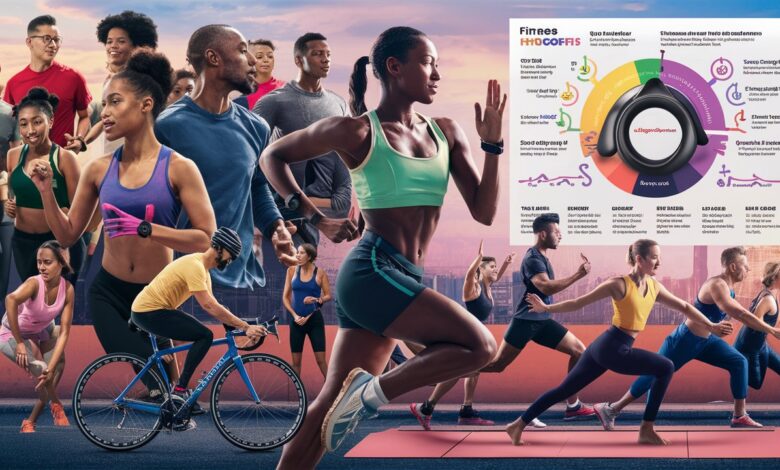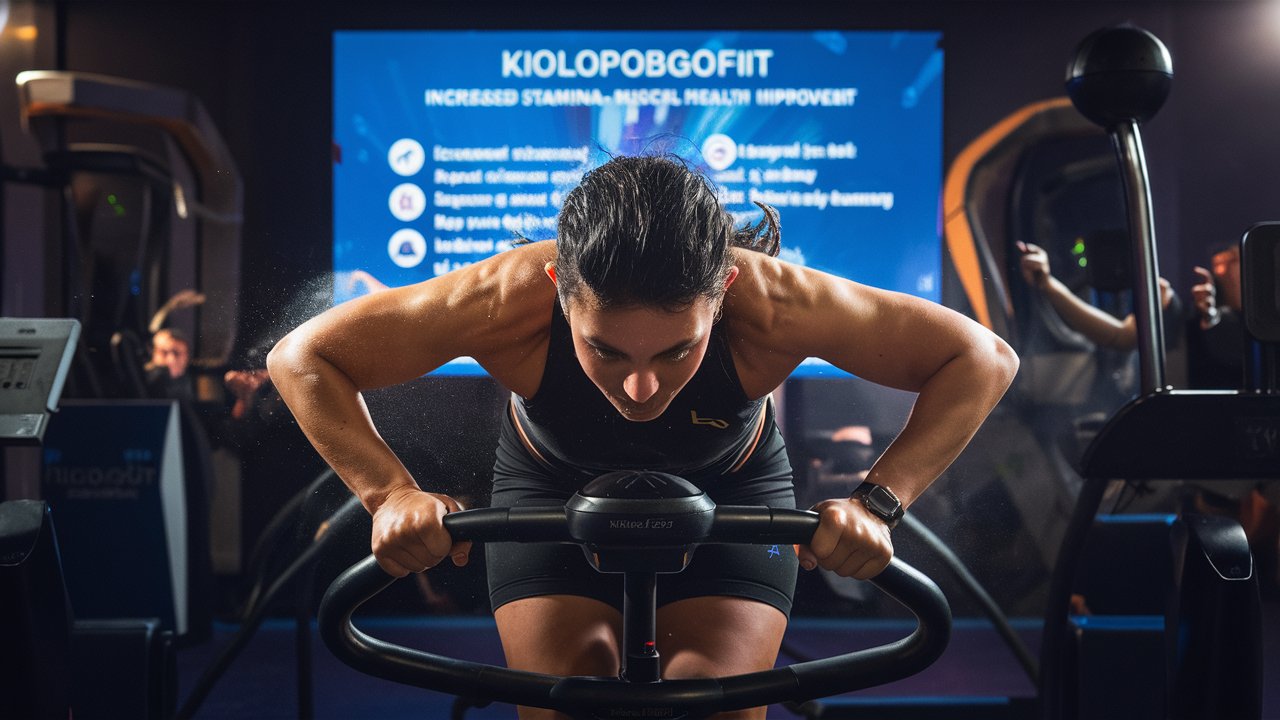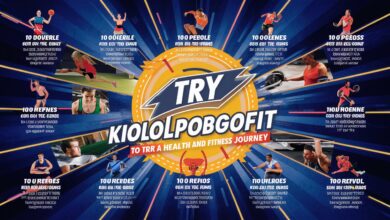What Is Kiolopobgofit Used For? A Deep Dive Into Its Fitness Benefits

In a world saturated with health trends and wellness programs, a new term is capturing attention—Kiolopobgofit. Though unfamiliar to many, this innovative approach is gaining traction among fitness enthusiasts, wellness coaches, and even medical professionals. But what exactly is Kiolopobgofit used for, and why is it suddenly appearing in discussions around physical transformation and holistic well-being? In this comprehensive guide, we unravel the meaning behind what is kiolopobgofit used for, explore its core uses, and examine why it might be the next big thing in the world of fitness and recovery.
What Is Kiolopobgofit?
Kiolopobgofit is a multi-functional wellness methodology that combines elements of functional movement, breathwork, resistance training, and mental conditioning. While the name may sound complex, the principles behind it are grounded in scientifically-supported fitness practices that aim to optimize body and mind alignment. Unlike conventional workout regimes that target specific muscle groups or cardiovascular improvement alone, Kiolopobgofit promotes a comprehensive body-mind approach that is adaptable to different lifestyles and fitness levels.
The core idea of Kiolopobgofit revolves around personalization, sustainability, and cognitive empowerment. Whether someone is recovering from injury, trying to lose weight, or seeking mental clarity, the Kiolopobgofit model provides structured yet flexible routines designed to meet those goals. It blends traditional exercises with modern techniques like neuromuscular activation, isometric holds, proprioceptive training, and even biofeedback loops, depending on the program variant being followed.
What Is Kiolopobgofit Used For?
The uses of Kiolopobgofit are as diverse as its design. One of its primary applications is in functional fitness training, where users are guided through movements that mimic real-life tasks, thereby improving core strength, joint stability, and muscular coordination. This makes it ideal for athletes, dancers, and anyone whose daily life requires agility and endurance.
Additionally, Kiolopobgofit is widely utilized in rehabilitation settings. Physical therapists have started integrating its protocols to assist patients recovering from surgeries, sports injuries, or muscular imbalances. Its emphasis on controlled motion and balance has shown promising results in speeding up recovery timelines and enhancing patient outcomes.
Another significant area where Kiolopobgofit is used is in mental wellness programs. By incorporating mindfulness, breathing techniques, and stress-reduction practices into each session, it supports mental clarity and emotional balance. Users have reported experiencing reduced anxiety, better sleep patterns, and increased motivation.
Finally, it has a strong presence in the weight loss and metabolic health sector. Its dynamic approach allows for both low-impact routines for beginners and high-intensity formats for seasoned participants, promoting sustainable fat loss, improved insulin sensitivity, and better cardiovascular health without the burnout that many experience in traditional HIIT programs.

How Does Kiolopobgofit Work?
Kiolopobgofit works by engaging multiple body systems simultaneously—muscular, neurological, respiratory, and endocrine. Workouts are structured in three integrated phases:
-
Activation Phase: This begins with warm-up drills, breath syncing, and proprioceptive engagement to prepare the body.
-
Core Performance Phase: Focused exercises that include strength, mobility, and cardio elements designed to meet specific goals (e.g., endurance, fat loss, flexibility).
-
Recovery & Reset Phase: Concludes with guided breathing, meditation, and recovery techniques like foam rolling or static stretching, helping the body reset for the next day.
This holistic cycle ensures that every session not only builds physical strength but also reduces stress, balances hormones, and improves mental clarity.
Benefits of Kiolopobgofit
-
Increased functional strength and coordination
-
Enhanced recovery and injury prevention
-
Boosted mental focus and emotional regulation
-
Long-term weight management without burnout
-
Customized for individual goals—no one-size-fits-all
What sets it apart is the intelligent integration of movement science with psychology, making it accessible yet deeply impactful.
Who Should Use Kiolopobgofit?
Kiolopobgofit is ideal for a broad demographic:
-
Beginners looking for a safe yet effective way to get fit
-
Athletes wanting to fine-tune their body mechanics
-
Individuals with injuries seeking gentle rehabilitation
-
Busy professionals needing short, efficient workouts
-
Anyone battling stress or fatigue, searching for more than just physical results
Its modular design makes it ideal for solo workouts at home, group classes, or even in therapy centers.
Conclusion:
While still emerging in the mainstream fitness world, Kiolopobgofit has the potential to revolutionize how we think about movement, recovery, and wellness. Its versatility makes it suitable for everyone from beginners to elite athletes. Whether you’re looking to lose weight, gain muscle, boost your mental well-being, or simply feel more energetic, Kiolopobgofit offers a unified path to achieving those goals. If you’re asking yourself, what is Kiolopobgofit used for, the answer is simple: it’s used to help people become their strongest, healthiest selves—from the inside out.
Frequently Asked Questions (FAQ)
Q1: Is Kiolopobgofit a type of exercise or a product?
A: Kiolopobgofit is a wellness methodology, not just a single exercise or product. It combines multiple techniques into one coherent system for body and mind improvement.
Q2: Can beginners do Kiolopobgofit?
A: Absolutely. Programs can be tailored to suit all levels, from first-timers to elite athletes.
Q3: Does Kiolopobgofit help with mental health?
A: Yes, it incorporates mindfulness and breathing practices, which are known to reduce anxiety, improve focus, and enhance emotional balance.
Q4: Is special equipment needed?
A: No specialized equipment is required, though resistance bands, yoga mats, or foam rollers can enhance the experience.
Q5: How often should I do Kiolopobgofit?
A: Most practitioners benefit from doing it 3–5 times per week, but frequency can be adjusted depending on your goals and fitness level.





